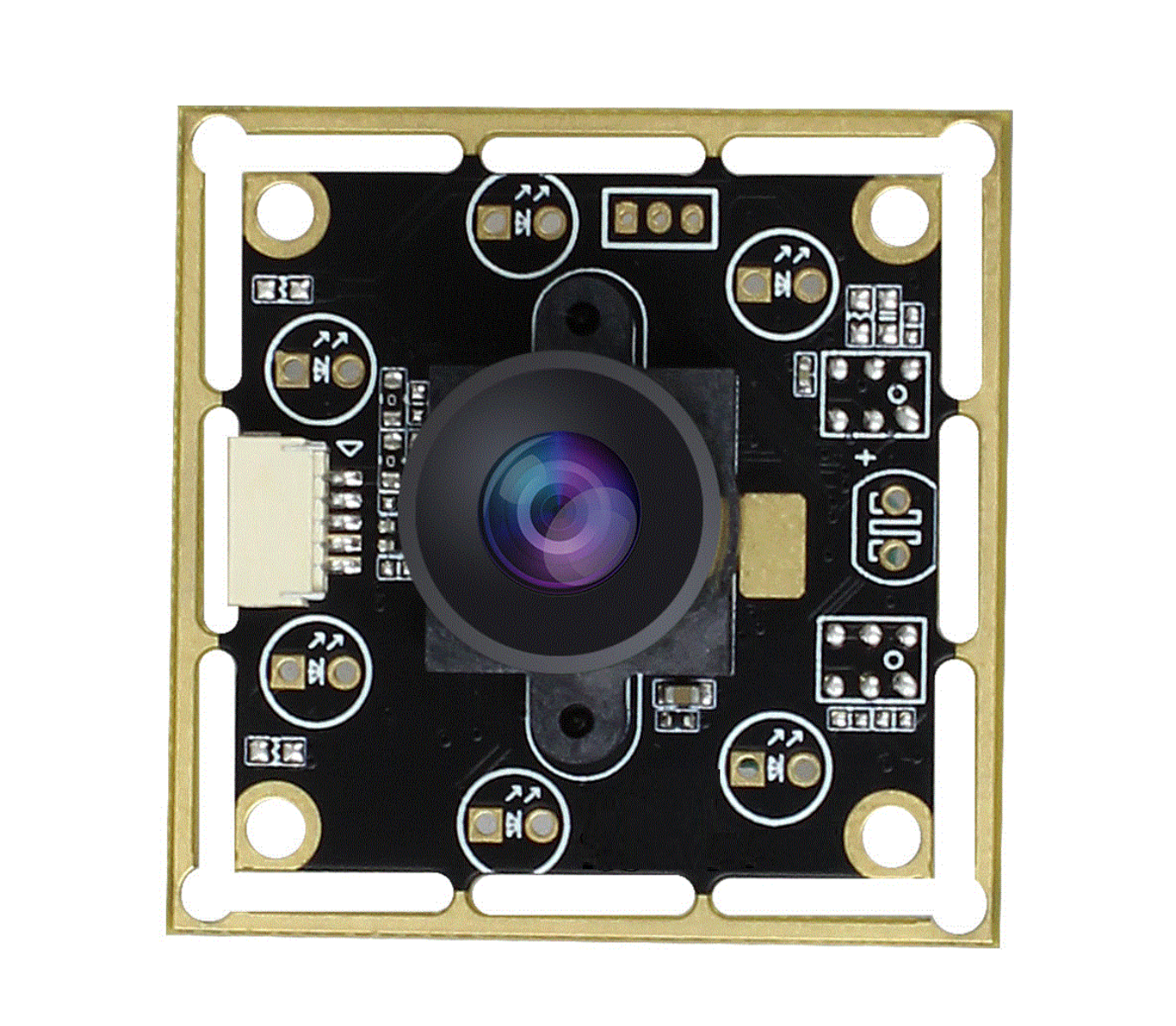CMOS camera module analysis and application recommendation
发布时间 : 2023-08-31
CMOS camera module is a camera system solution that integrates image sensor and image processor. CMOS camera modules are widely used in a variety of devices, including face recognition, medical equipment, tablet computers, digital cameras, surveillance cameras and so on. CMOS camera module has the characteristics of small size, low power consumption and high pixel, which realizes high-speed image acquisition and high definition image output. Next, this article will introduce the principle, technology and application recommendation of CMOS camera module in detail.
Principle of CMOS camera module
The principle of the CMOS camera module is to convert the optical signal into an electrical signal through the image sensor, and then the digital signal processing by the image processor, and finally obtain high-quality image output. Among them, CMOS sensor is composed of photosensitive charge coupled device, gain amplifier, ADC, signal processing circuit, control circuit and output interface, etc., they cooperate with each other, and finally complete the image acquisition, transmission and processing work. It can be said that the CMOS sensor is the most important component of the camera module.
Technological advantage
The technology of CMOS camera module includes image processing technology, auto focus, auto exposure, optical image stabilization technology, low illumination enhancement and so on.
Image processing technology is the core technology of CMOS camera module, which includes digital signal processing, noise reduction, color restoration, contrast enhancement, image transformation and compression. Autofocus is another important technology that uses focusing circuits and image processing algorithms to achieve fast and accurate focusing. Auto exposure is an adaptive setting that maximizes the brightness value of the scene, so that the light and dark changes in the scene are represented in the captured image as much as possible.
The main principle of optical image stabilization technology is to prevent interference by means of electronic image stabilization, and to achieve video stabilization by using image sensor to reassemble image Mosaic. Low illumination enhancement is to make use of the advantages of CMOS sensors, and use powerful digital signal processing technology to amplify weak signals, so as to enhance the visibility of images.

Application recommendation
1. Digital cameras and camcorders:
CMOS camera modules are also widely used in digital cameras and camcorders. Through the CMOS camera module, users can get high-resolution, high-quality image and video shooting experience, with fast continuous shooting, autofocus, optical shake prevention and other functions.
2. Smart Home and Security system:
CMOS camera modules play an important role in the field of smart home and security. They are used in surveillance, video doorbell, face recognition and other scenarios to help users observe the status of homes and offices in real time, and provide security protection functions.
3. Automotive and driver assistance systems:
CMOS camera modules are widely used in rear-view cameras, driver video devices and intelligent driver assistance systems in the automotive field. They can provide image information under the driver's perspective to help the driver to reverse, park and blind spot monitoring operations.
4. Video conferencing and telecommunication:
CMOS camera modules play an important role in the field of video conferencing and telecommunication. With the CMOS camera module, users can achieve high-quality video calls and remote conferencing, facilitating communication and collaboration.
5. Virtual and Augmented Reality:
CMOS camera modules are also used in virtual reality (VR) and augmented reality (AR) devices. They capture real-time images of their surroundings, providing users with an image and video experience to interact with the virtual world.
The technology of CMOS camera module is becoming more and more mature, and its application in various application scenarios is also constantly extending and expanding. With the continuous improvement of the market for imaging requirements, CMOS camera modules are also developing towards high-precision, high-definition, multi-functional camera systems.


